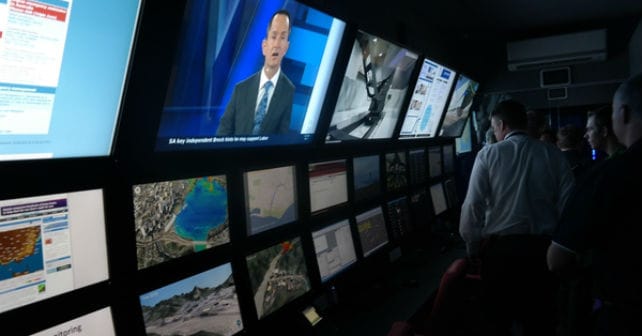Tiny, fleeting bubbles help drive Earth's climate
 How cool a profession is this? Bubble physicist.
How cool a profession is this? Bubble physicist.
Helen Czerski is one, and she does exactly what you’d imagine by the description of her job: studies the physics of bubbles. Specifically, the bubbles of various gases that are constantly rising and falling through the oceans, bumping into one another, breaking up into smaller bubbles and popping to release sulphur compounds into the atmosphere.
“I’ve always been fascinated by small things that do stuff that’s too fast for us to see,” says Czerski, who’s a post-doctoral fellow at the University of Rhode Island Graduate School of Oceanography. “And I like building experiments that help us see those things.”
It’s not as arcane a quest as you might imagine, either. Turns out those billions of bubbles forever churning through the seas’ top 10 metres or so (deeper than that, the pressure becomes too great for bubbles to survive) have a significant impact on important things like cloud formation, the transmission of sound underwater, undersea visibility and, yes, even climate change.
“Climate is made up of a whole bunch of little things, including bubbles, and these little things matter because there are lots of them,” says Czerski.
For instance, phytoplankton — microscopic marine plants that account for a full half of all the photosynthetic activity on the planet — produce dimethyl sulphide that’s released in tiny bubbles up into the atmosphere. That sulphur rises up, eventually acting as a seed for cloud formation. (In fact, pumping sulphur into the air has been suggested as one geoengineering solution to global warming.)
“We need to study bubble distribution and where they go in the water column to understand the exchange of gases that they carry,” she says. Such insights can help to improve models for scientists in a variety of disciplines.




